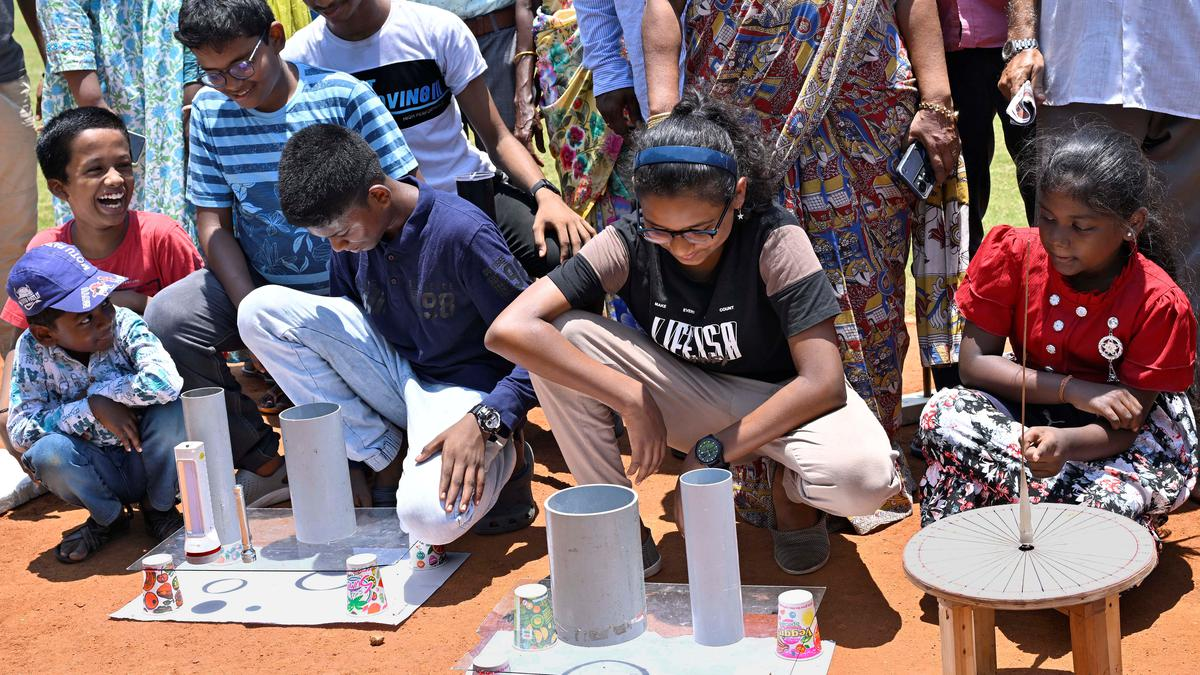





Copyright infringement not intended
Picture Courtesy: https://www.thehindu.com/news/cities/puducherry/children-experience-zero-shadow-phenomenon/article68091017.ece
Context: The Zero Shadow Day (ZSD) provides a hands-on learning opportunity about the Earth's axial tilt and its effect on sunlight at different latitudes.
About Zero Shadow Day
Source:
|
PRACTICE QUESTION Q. Consider the following statements in the context of the Zero Shadow Day: 1. Zero Shadow Day is experienced when there is no sunlight. 2. It occurs twice a year for all latitudes on Earth. 3. It is caused by the tilt of the Earth's axis. 4. It is a phenomenon observed only in polar regions. How many of the above statements are incorrect? A) Only one B) Only two C) Only three D) All four Answer: C |





© 2026 iasgyan. All right reserved